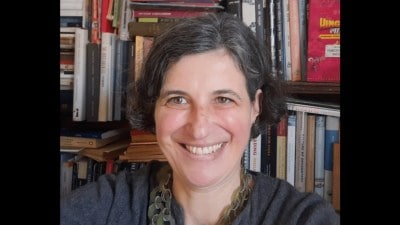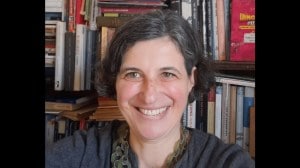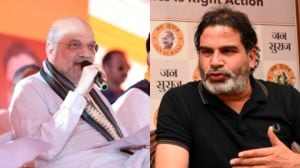Joshi’s rehabilitation plan for scientists fails to evoke response
NEW DELHI, OCT 2: Minister for Science and Technology M M Joshi's much-hyped plan to rehabilitate scientists expelled from the United Sta...

NEW DELHI, OCT 2: Minister for Science and Technology M M Joshi’s much-hyped plan to rehabilitate scientists expelled from the United States after Pokharan-II has ended up a damp squib.
In the two months that it was set up, the cell in the Department of Science and Technology specially created for rehabilitating the scientists has been approached only by one scientist. He is an IIT-Kharagpur scientist who returned from the US. His case been referred to the Ministry of Human Resource Development for processing.
In the fallout of the Pokharan-II blasts, when the United States showed its displeasure by deciding to show the door to Indian scientists working in the US, Joshi hastily came up with a plan to compensate them. He had declared that the country would welcome these scientists with open arms with offers of coveted jobs and perks, so that they would not regret having had to leave the US in a hurry.
But the cell has received a very poor response. While no official figures are available of the number ofscientists who have returned as a direct result of the U S punitive action, sources say seven scientists were affected.
Justifying the creation of the cell, S & T Ministry officials say they are unfazed by the lack of response. “The cell was our reaction to the emergent situation. It was a signal to the scientific community that if they were being cast out, they would be welcome back home and the Ministry would go all out to help them,” they said.
At the time of announcing the expulsions, Washington said its actions were not aimed at Indian scientists per se, but at individuals who are affiliated with institutions that were contributing to the Indian nuclear weapon and missiles programmes.
The US undertook a review of its science and technology relationship with India to identify the areas, research in which would militate against the proliferation concerns of the US.
According to V S Ramamurthy, Secretary, Department of Science and Technology, most of the scientists who were asked to return were inthe U S on scientific exchange programmes and had their parent organisations to go back to. “There were only a few whose tenure was prematurely terminated,” he said. “Effectively, there were not many queries directed to the cell. But at least we had a mechanism in place to handle the situation,” he adds.
Prior to the May 11 tests, cooperation between India and the US in different fields was at an all-time high. It was not necessarily a one-way traffic of Indian scientists to the US. There was a complementary peer-to-peer relationship where each side looked at the strengths of the other for joint research projects.
The Clinton administration’s directive asking Indian scientists to leave hit a number of researchers working on exchange programmes with the US Department of Energy (DoE), which had wide-ranging consultative and collaborative arrangements with India. The Washington-based National Institute of Standards and Technology (NIST), Chicago’s Enrico Fermi Institute and the Argonne NationalLaboratory also asked Indian scientists to quit.
According to Department of Atomic Energy sources, about 50 scientists from different institutions under the DAE are engaged in nuclear research abroad. The strong and condemnatory reaction of the scientific community, not just in India, but in the United States as well, to the American action against the Indian scientists, also dampened the zeal with which the US pursued the issue, scientists here said.



- 01
- 02
- 03
- 04
- 05




























